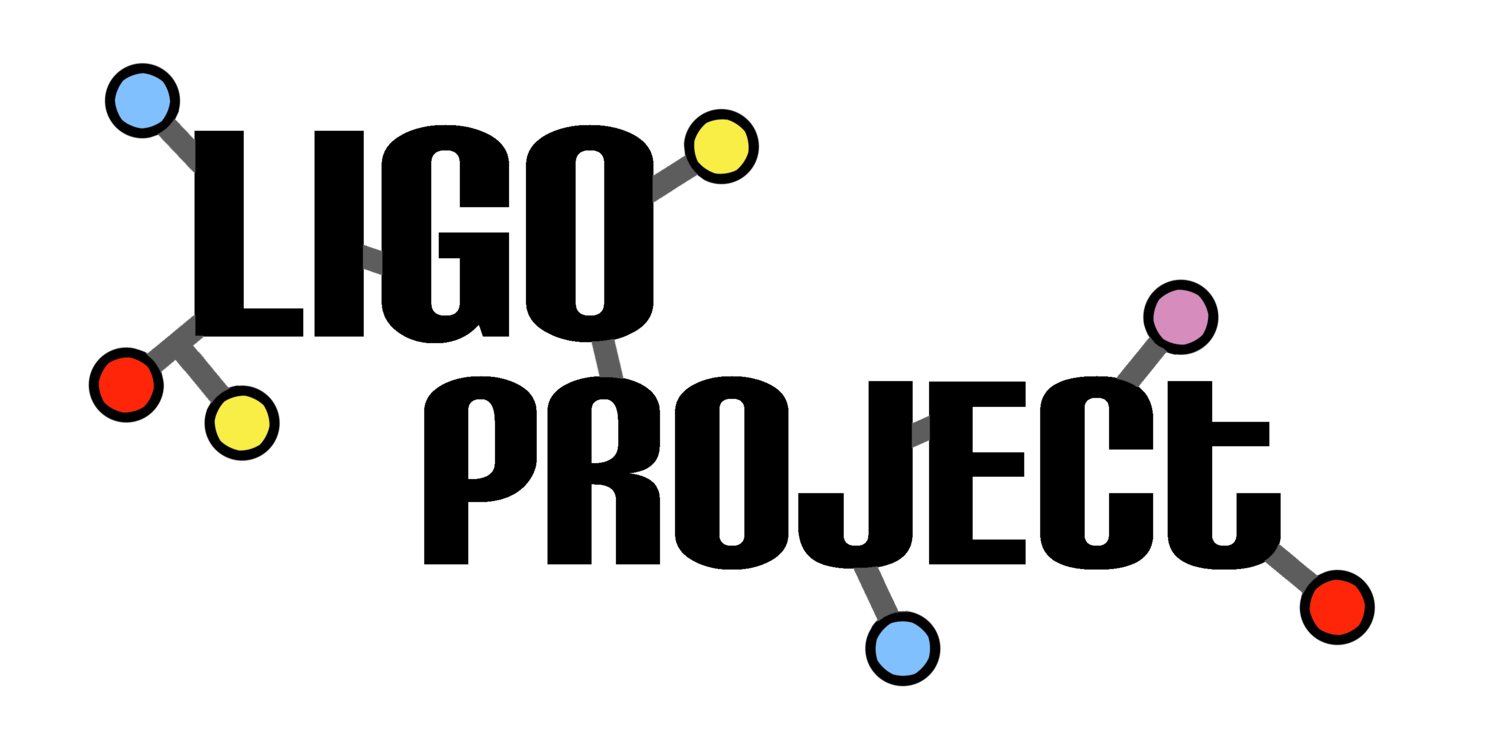Turning the science of memory into a sensory experience
/Featuring
- Robert E. Williams (Multimedia Artist)
- Jayeeta Basu (*Neuroscientist)
Overview
The science of memory is about who we are. Why do you remember what you remember? Why does your brain make some experiences long term memories and not others? And do our memories change the way we experience the world, right now?
These questions are at the core of Jayeeta Basu’s research. She’s a neuroscientist and the Director of the Basu lab NYU. It’s a complicated task with multiple overlapping functions, happening on a cellular, circuit and regional level. And Basu’s studies many of them.
When we learn something, we don’t just learn a piece of information by itself. It’s associated with other information. For example when you learn a phrase, you may remember whether you heard it or you read it, the source, the context of when and where you heard it, you might even remember the music that was playing in the background. At a cellular level, all these different regions of the brain that process each of those associations are acting at the same time. How do they work together?
And there’s more happening at the circuit level. We tend to think of neurons as a binary system, they turn on and off. But in reality some neurons act in more of inhibitory role in a circuit while others are more excitatory. Think of it like guests at party. Some guests bring a more intimate energy while others are the life of the party. When there’s a balance between them, you have a party that’s dynamic and it works for everybody. When they’re not balanced, there’s awkwardness and drama. It’s the same in the brain. When these neurons are out of balance, they can cause epilepsy, schizophrenia and depression. But when they cooperate, they help you learn. How do they cooperate?
Even changes in the strength of signal between cells and circuits can impact whether or not the brain stores information. What dictates that? Danger, reward and punishment. All of this affects how you experience and interact with your environment.
“I can’t help but reflect on how these phenomena relate to my conscience experience of the world.”
To study this, Basu’s team works with photon imaging and virtual reality. They look at the anatomy of brain slices and observe circuits and mouse behavior during live sensory experiences.
It’s hard to avoid being philosophical with this material. That’s what appealed to Robert Emerson Williams, an installation artist that works with photos, video, lighting and motorized components. “Though I understand that much of what [Basu] is observing is biochemical and electrochemical in nature, I can’t help but reflect on how these phenomena relate to my conscience experience of the world.” Basu’s “work on the way that past memories inform my current perceptions ignited my interest in this kind of collaboration.”
Williams’ approach was to construct a physical moving metaphor on the relationship of memory and experience. “I decided to work with light, shadow and motion because these elements are, at once, ephemeral and persistent.” His piece is a collection of staged rotating objects that were meaningful to him, whose shadows project onto a viewing surface that interacts with video of other shadows. The objects were like memories interacting with each other projecting a template filtering how we experience the world.
”What I responded to was this idea of experience, registering that, and storing, and registering a similar experience,” and asking, “how do they relate?”
Half of the experience was being able to look behind the projection screen and see how all the parts contribute to the whole.
“What can be known exists as a unitary whole,” but “in order to ‘know’ we must segregate and deconstruct manageable portions.”
Art Specs
Title: Semaphore
Price: $3000
Bios
Robert E. Williams
http://robertemersonwilliams.com
My methods & materials are diverse. My interest in media and pop culture is consistent throughout my work. I believe that the ability to remove images from their original context through photography or other mechanical means has enormous consequences for our ability to know what is true and what is false. I also value hand skills. Coming from a crafts background I have always derived great satisfaction from my relationship with materials. I am currently working on a series of drawings using charcoal and colored chalk on paper called “Dystopia.” They draw from a series of digital photographs that I took during a period when I was working well over forty hours a week. During this period, spare time was at a premium, but the old aphorism about “artists doing work about what they know” came to mind. I knew my commute to work, and I knew my neighborhood of Washington Heights, so I set about documenting my immediate environment as I went through my day.
Jayeeta Basu
Jayeeta is a Neuroscientist investigating the molecular, synaptic and cellular events that underlie changes in the flow of information in neural circuits. Her goal is to understand how sensory experiences trigger activity in functionally linked neurons to generate learned behaviors and encode salient features of the environment. The focus or her lab is on describing how the logic of inherent circuit design, diversity of neuron types and spatio-temporal dynamics of synaptic activity amalgamate in the cortico-hippocampal network to organize and store information as memories. She utilizes electrophysiology, imaging and genetic manipulations in brain slices and awake behaving mice to explore links between mnemonic and plastic circuits, associational learning and adaptive behaviors.

